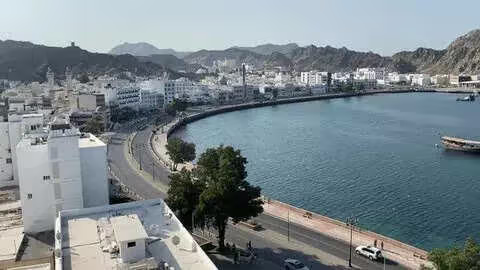Why Oman’s Buildings Are Predominantly White
- August 6, 2025
- 0

In Oman, the predominance of white buildings is a distinctive feature that reflects the nation’s cultural and climatic considerations. The government has implemented regulations mandating that buildings be painted in light colors, with white being the most common choice. This policy is not merely aesthetic; it plays a crucial role in preserving Oman’s architectural heritage and ensuring a harmonious urban landscape. The Muscat Municipality is responsible for enforcing these regulations, and any exceptions to the rule require official approval.
The choice of white and other light colors is deeply rooted in Omani culture and is also a practical response to the country’s climate. Light-colored buildings help to reflect sunlight, keeping interiors cooler in the hot climate, which contributes to energy efficiency and sustainability. This approach aligns with global efforts to promote environmentally friendly building practices.
The uniformity of building colors across Oman’s cities contributes to a cohesive urban identity that is admired worldwide. This policy ensures that new developments are in harmony with traditional architectural styles, maintaining the visual integrity of cityscapes. The result is an orderly and aesthetically pleasing environment that showcases Oman’s commitment to preserving its cultural heritage while embracing modernity.
Oman’s white cityscapes have gained international recognition for their beauty and orderliness. The consistent application of color regulations has created urban areas that are not only visually appealing but also reflective of a well-planned approach to urban development. This has positioned Oman as a model for other nations seeking to balance tradition with contemporary urban planning.